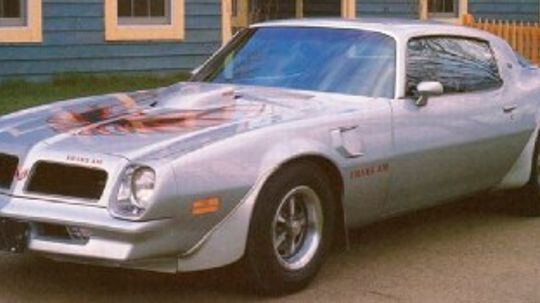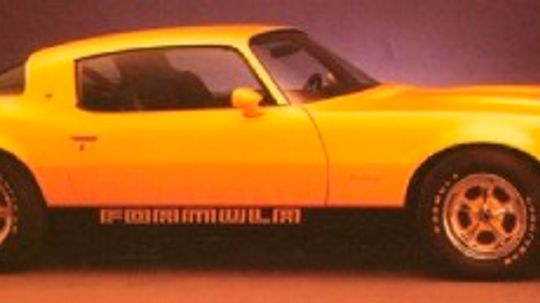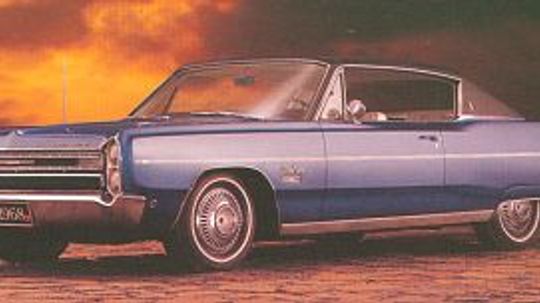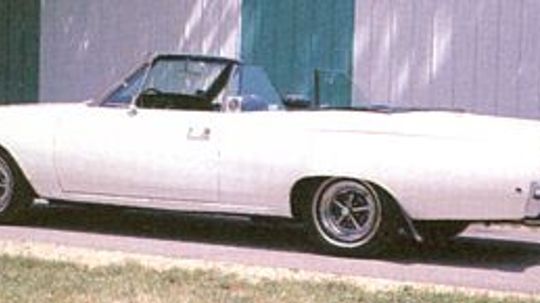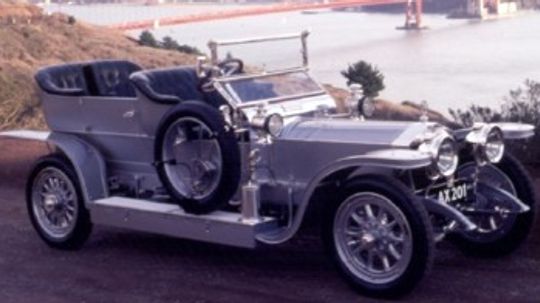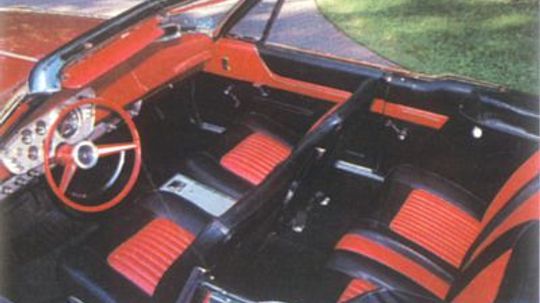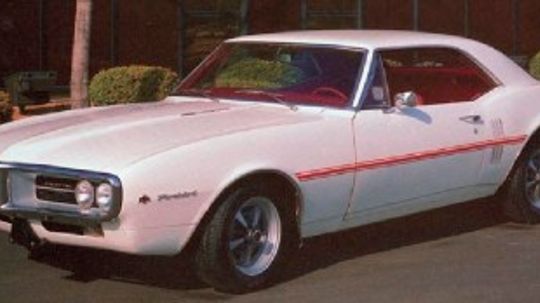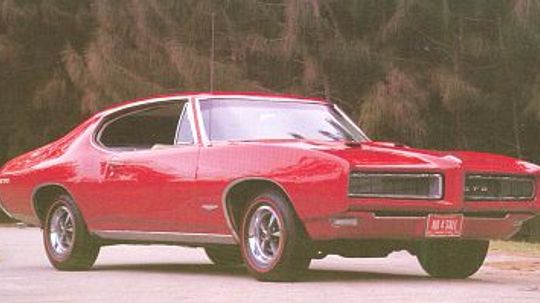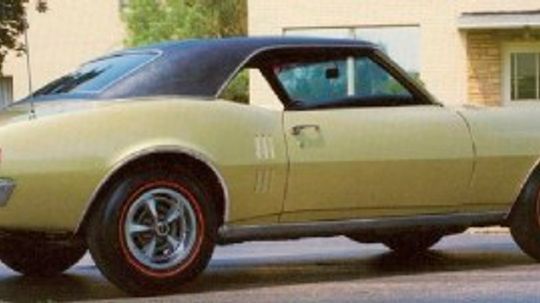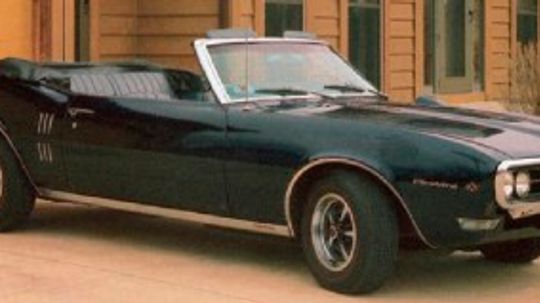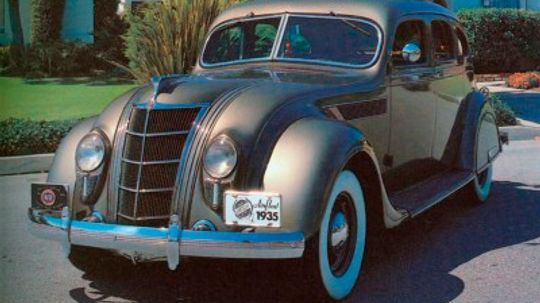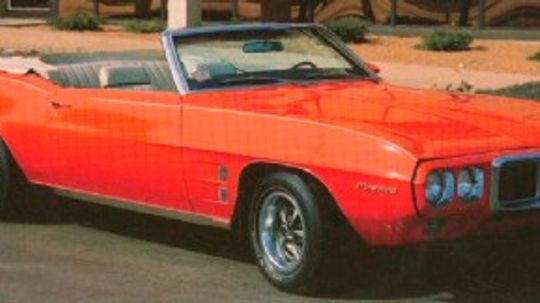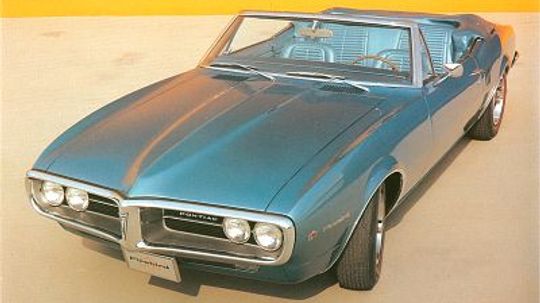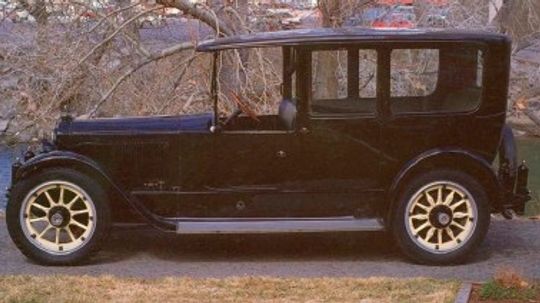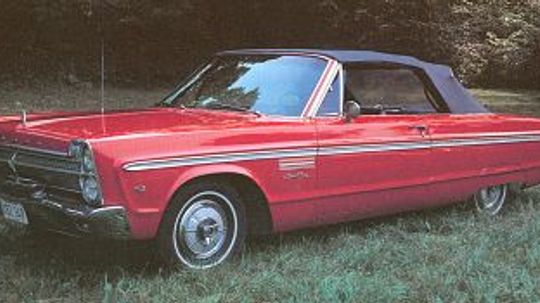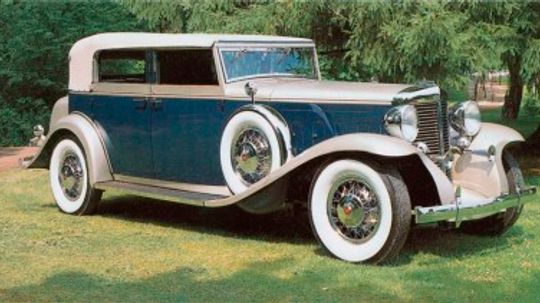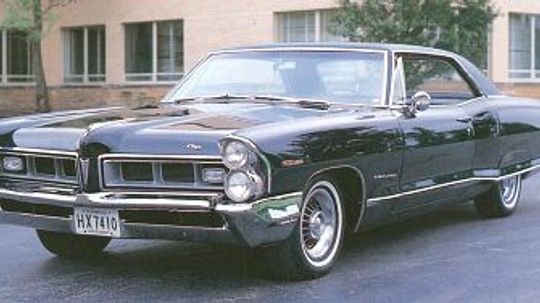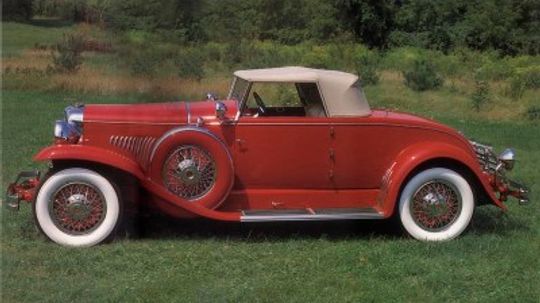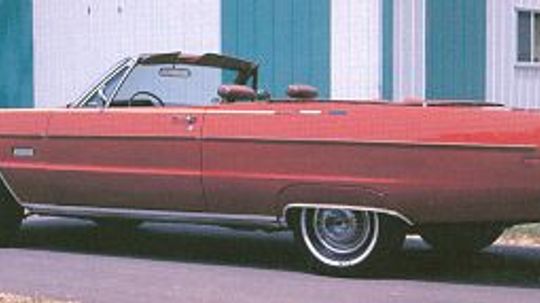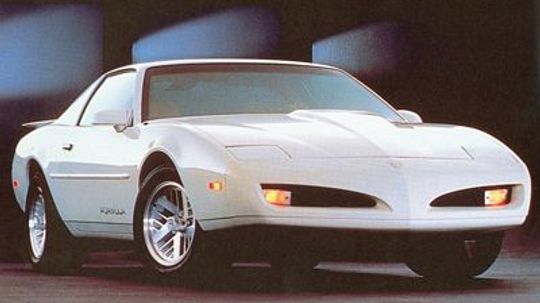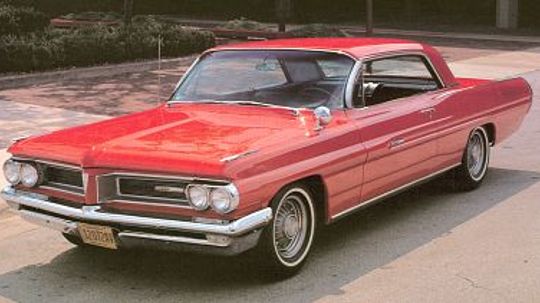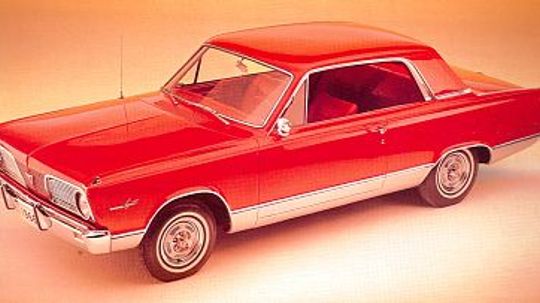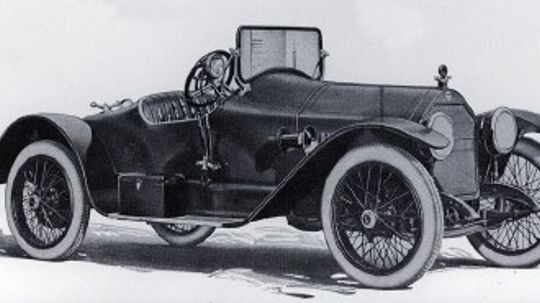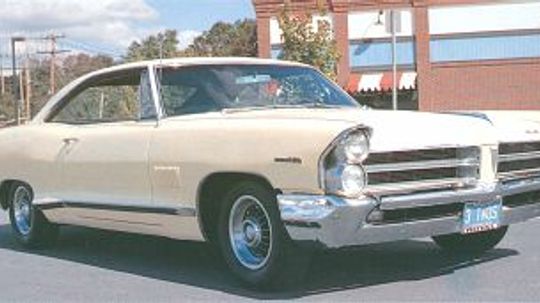Car Models
In the Car Models Channel, read about some of the most popular cars to hit the showroom floor. Check out the HowStuffWorks Car Models Channel.
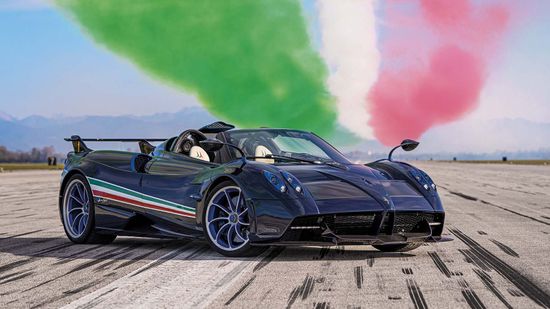
What Is the Most Expensive Car in the World?
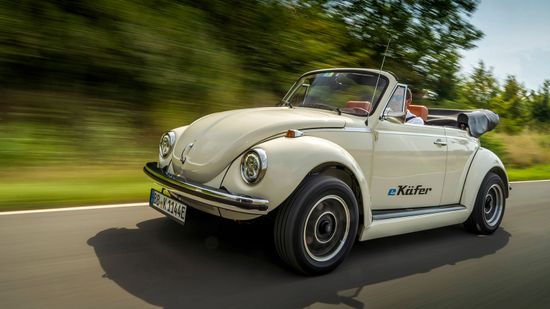
Could Electric Motor Conversions Save Classic Cars?
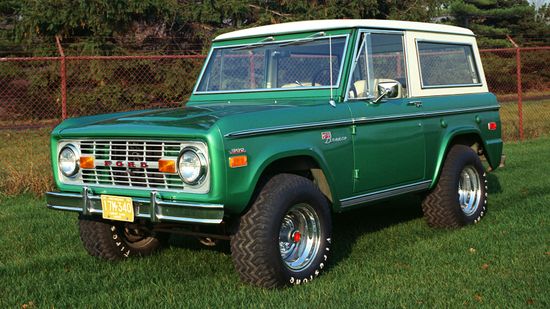
Millennials and Gen Xers Best Boomers at Collecting Cars
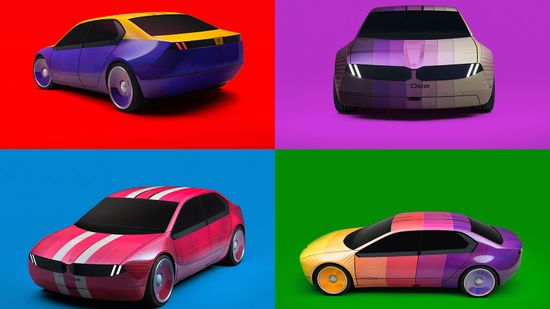
BMW Introduces Concept Cars That Change Color With the Push of a Button
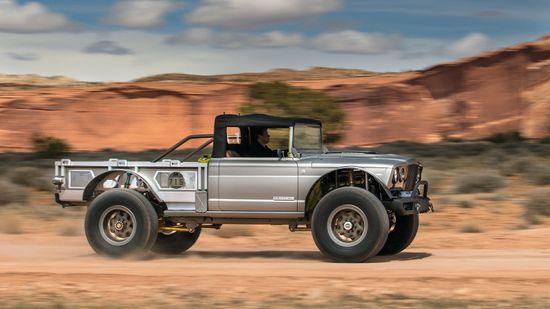
Jeep Celebrates the Gladiator at Easter Jeep Safari

Buying a Concept Car Is Harder Than It Seems

5 All-wheel-drive Crossover Vehicles

5 Reasons to Buy a Crossover Vehicle

5 Surprising Benefits of Cruising in a Crossover
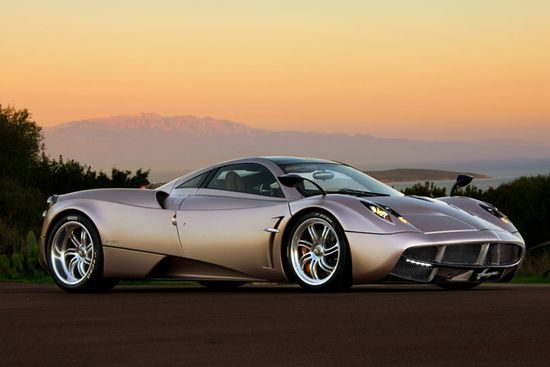
10 Fastest Cars in the World
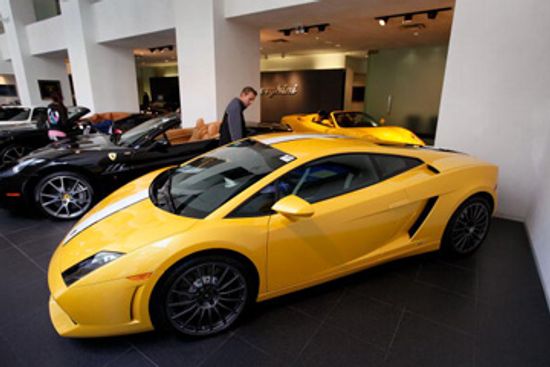
How much does it cost to lease a Lamborghini?
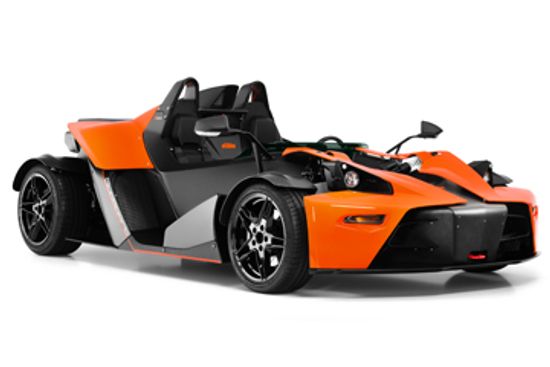
How the KTM X-Bow Works

AC Motors: kW vs. Horsepower

Are Electric Cars Cheaper to Run?

Are electric cars safe in accidents?
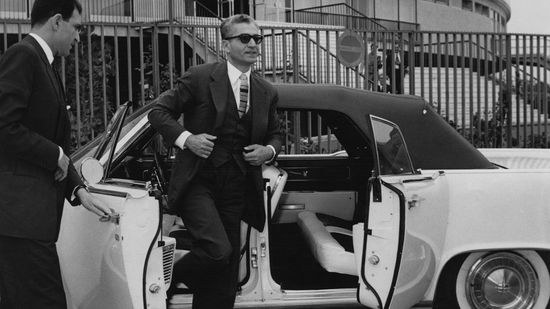
Why Did Cars Have 'Suicide Doors' and Do They Still Exist?
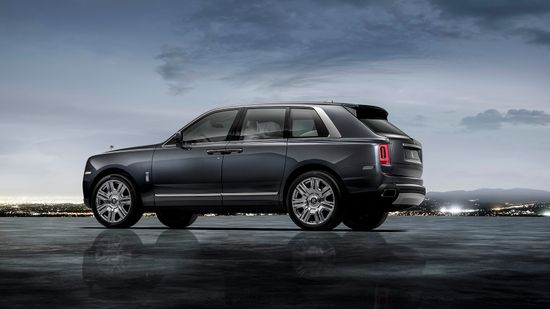
Rolls-Royce Finally Enters the SUV Market

3 Facts That Show Minivans Aren't So Bad After All

The 10 Most High-Tech Vehicles On The Road Today

The 25 Worst Cars Of All Time
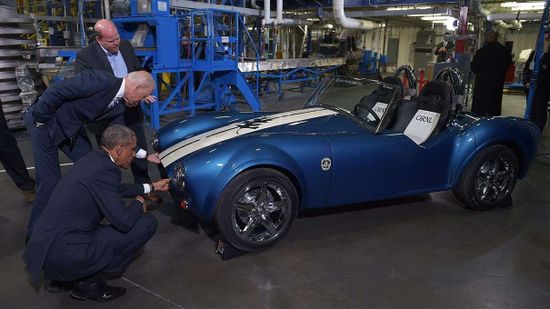
Here's Why the US Government 3-D Printed a Classic Muscle Car
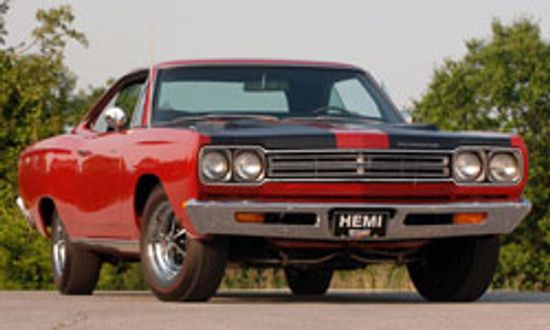
10 Most Sought-after Classic Muscle Cars
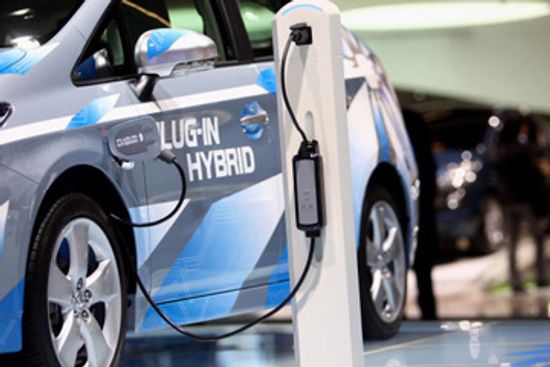
Can I own a plug-in hybrid if I live in an apartment?
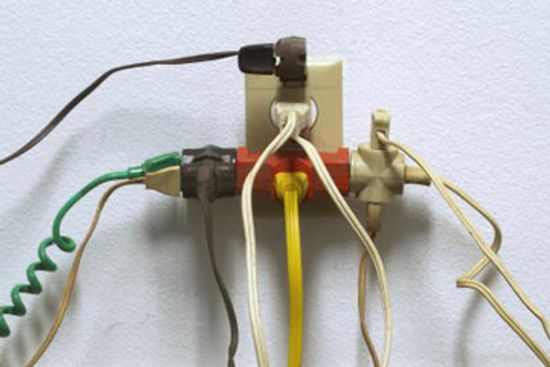
Can I own a plug-in hybrid if my home is old?
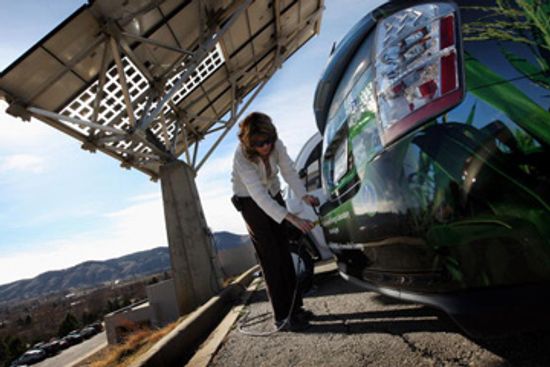
Can I use solar power to recharge a plug-in hybrid?
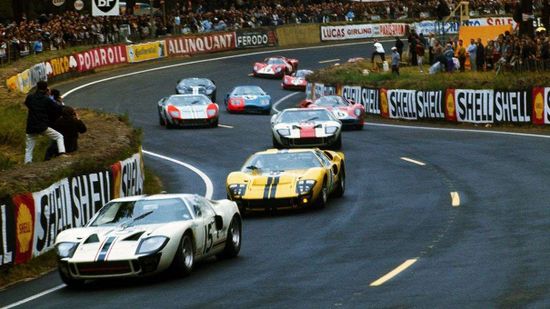
Ridiculous History: Ford GT40 Was Created Out of Spite to Beat Ferrari
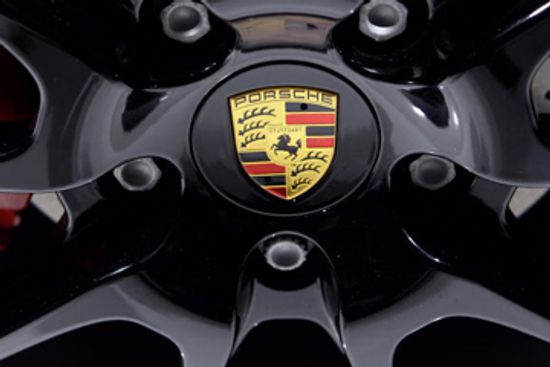
How the Porsche 917 Works
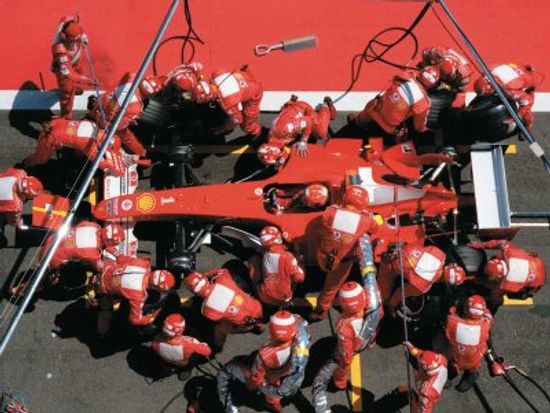
Ferrari F1
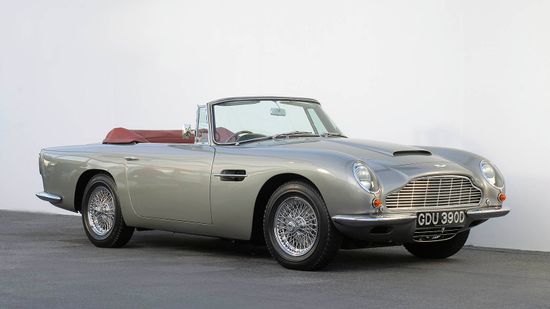
The Aston Martin: From the DB1 to DB7

Porsche Joins Electric Vehicle Race With 2020 Taycan
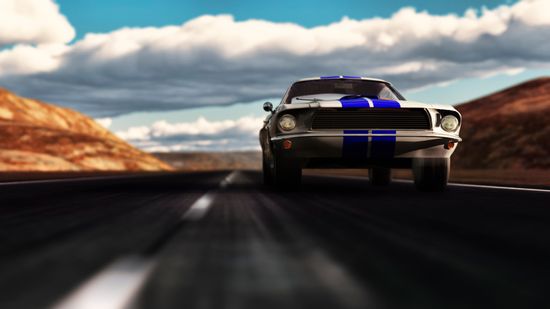
The 10 Best Ford Mustangs Of All Time
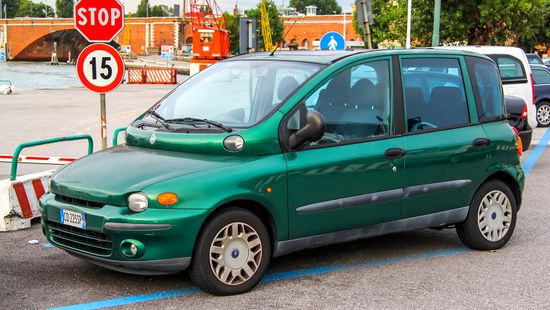
10 Ugliest Car Designs We've Seen Available to Consumers
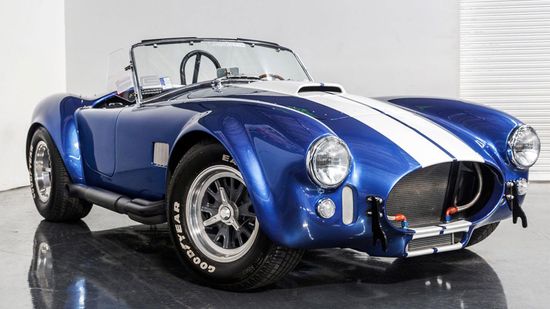
Kit Cars Put You in the Driver's Seat of the Hottest Cars in the World
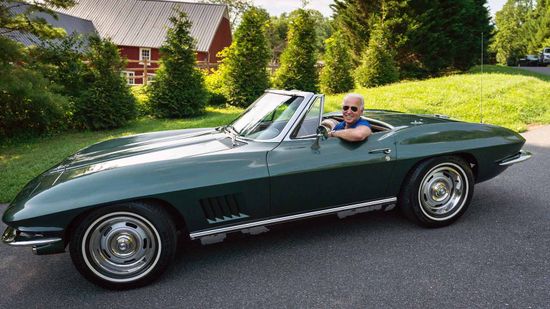
5 U.S. Presidents and Their Beloved Cars
Learn More / Page 8
By the time the 1976 Pontiac Firebird Trans Am hit the market, Trans Ams had found their niche. Despite ever-higher prices, output rose again as Pontiac sold one Trans Am for every three Firebirds. Learn more about the 1976 Pontiac Firebird Trans Am.
The 1976 Pontiac Formula Firebird had a new appearance package that featured bold FORMULA graphics along door bottoms and rocker panels. Learn more about the 1976 Pontiac Formula Firebird in this article.
"Plymouth is out to win you over," said the ads, and they didn't lie. With a re-vamped Barracuda, a transformed Valiant and a solid line of Belvederes, Plymouth jumped back in the game in a major way.
Advertisement
It's amazing what steady cultivating can do -- with a few interim changes, Plymouth's disappointing 1962 "standards" roared back with the 1968-1969 Plymouth Sport Satellite and GTX. These models soon sold more than a quarter-million copies.
The 1907-1926 Rolls-Royce Silver Ghost is hailed by some as the, "Best Car in the World." To this day, this car is the most famous and most desirable antique car in history. Learn about the seminal 1907-1926 Rolls-Royce Silver Ghost.
The 1962-1964 Plymouth Sport Furys weren't nearly as bad as they're usually portrayed. Despite their flaws, the long-hood/short-deck proportions were drawn years before we'd ever heard of "ponycars."
The 1967 Pontiac Firebird Sprint came onto the automotive scene a little later than Chevrolet's Camaro, but when the Firebird arrived, it came on strong. Learn more about the 1967 Pontiac Firebird Sprint in this article.
Advertisement
Being first is relatively easy; staying first isn't. Pontiac may have created the muscle car in 1964 with the GTO, but the company had to work hard to match proliferating competitors. Pontiac struck back with the fully redesigned 1968-1969 Pontiac GTO & Judge.
The 1968 Pontiac Firebird 350-cid HO V-8 engine, with high-performance camshaft, better exhaust-gas scavenging, and revised carburetion, delivered 320 horsepower, 35 more than its 326-cid predecessor. Learn more about the 1968 Pontiac Firebird 350 in this article.
The 1968 Pontiac Firebird Sprint Convertible proved high-performance and folding tops could go hand in hand. Learn more about this muscle car in this article.
The 1934-1937 Chrysler Airflows were revolutionary in that they were aerodynamic, but they were not a success for Chrysler. This was one of the first cars that was styled with aerodynamics in mind. Learn more here.
Advertisement
The 1969 Pontiac Firebird Sprint Convertible received a few design modifications to update its look. Learn more about this classic Pontiac muscle car.
Had GM division chief John DeLorean gotten his way, the Firebird would've been a low-cost sister to the Corvette. But the market couldn't support two sports car models, so DeLorean had to settle for a "Pontiacized" version of Chevy's four-seat Camaro.
The 1916-1923 Packard Twin Six set the standard of American luxury cars of the day. This car featured a 12-cylinder layout, which improved performance, smoothness and silence. Explore the 1916-1923 Packard Twin Six at HowStuffWorks.
The 1923-1931 Lancia Lambda was the first car to use the innovative unit-body construction still in use today. The design combines the body of the car and the chassis to form a single unit, rather than separate parts. Explore the 1923-1931 Lancia Lambda.
Advertisement
By 1962, Plymouth found that it needed to regroup -- and to resize -- its Sport Fury and VIP models to keep up with Ford and Chevrolet. By the mid-1960s, a new design team took Plymouths back into the mainstream -- with a vengeance.
The 1931-1933 Marmon Sixteens were exciting automobiles that were fast, light, and good at climbing hills. The car weighed about 500 pounds less than the rival Cadillac models because of the extensive use of aluminum. Learn about the 1931-1933 Marmon Sixteen.
After three successful years, the 1965-1968 Pontiac Grand Prix declined in both sales and design. But if more glitter and gadgets were evident, so was more power that enabled performance to remain respectable.
The 1928-1934 Duesenberg J-Series automobiles were beautiful, well-built machines that were made in low numbers during the Depression. This car stood out above all others when it was introduced at the New York Salon on December 1, 1928. Learn more.
Advertisement
1969 saw brand-new designs from each of the "Low-Price Three." But Plymouth proved to have the biggest of the big car overhauls, hoping to wow consumers and get them to "Look What Plymouth's Up To Now."
"Now the Excitement Begins." That was Pontiac's boisterous boast in its advertisements for the stunning 1982 Pontiac Firebird. Learn more about the Pontiac Firebirds of the 1980s.
The first Pontiac Grand Prix resembled a dressed-up Catalina hardtop coupe with buckets-and-console interior, but the result was striking and sold well.
Plymouth probably wishes it had a car like the 1963-1966 Plymouth Valiant Signet today -- this model was a solid performer throughout it's production run and helped the company maintain its sales figures.
Advertisement
The 1915-1922 Stutz Bearcat was a commercial success and quickly became one of the most beloved classic cars. It was built with a light body design, which insured that performance would be maximized. Learn about the 1915-1922 Stutz Bearcat.
Chrome and tailfins were out, bucket seats, mag-style wheels, center consoles, and floor shifters were in -- and just about everybody had them. With the 1964-1967 Pontiac Catalina 2+2, Pontiac achieved a combination of power, road-holding, and fine styling superior to any other big Pontiac.
